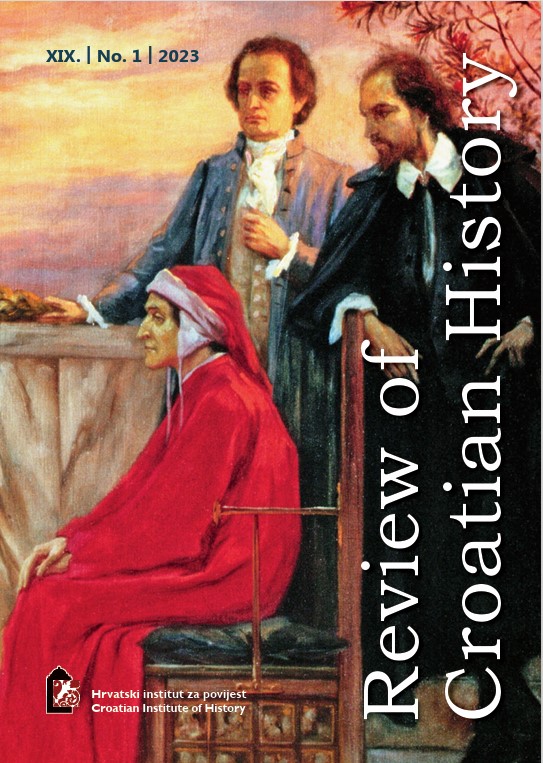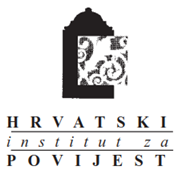Croatian and Slovak Political Catholicism and Clericalism in the Period Between the First and the Second World War
DOI:
https://doi.org/10.22586/rch.v19i1.28484Keywords:
Catholicism; Clericalism; Croatia; Slovakia; Interwar eraAbstract
In this article, the presence and influence of clericalism on Croatian and Slovak political Catholicism between the two world wars is examined through a comparative analysis, based on some Croatian interwar Catholic periodicals, recent Croatian and Slovak historiographical studies, as well as studies by some foreign historians. Also, the focus of the research attention was on re-examining the causes of the findings. At the very beginning, the terms clericalism and political Catholicism are defined as key terminological determinants used later in the article. That is followed by a brief review of some peculiarities of the modern Croatian and Slovak nation genesis, as one of the variables that had great influence on the peculiarities of Croatian and Slovak society and political culture as a whole. The central part of the article analyses the development and activities of Croatian and Slovak interwar political Catholicism, primarily through political activities of the Croatian People's Party and the Slovak People's Party/Hlinka's Slovak People's Party. Finally, a comparison of similarities and differences between the Croatian and Slovak political Catholicism follows, with explanations of possible causes for such a situation, and a quantitative analysis of the presence and impact of clericalism on Croatian and Slovak interwar political Catholicism.
Downloads
Published
How to Cite
Issue
Section
License
Copyright (c) 2023 The copyright holders are the Croatian Institute of History (as the publisher) and the authors.

This work is licensed under a Creative Commons Attribution-NonCommercial 4.0 International License.
The copyright holders are the Croatian Institute of History (as the publisher) and the authors.
The Review of Croatian History is an open-access journal. Its contents are freely accessible in their entirety. Users may read, download, copy, distribute, print, search, or put links to its material, and to change, reword, and process the material or use it in other legal ways, as long as they cite the original in the appropriate manner, in accordance with the Creative Commons licence CC BY-NC.
Works published in the Review of Croatian History may be deposited in institutional or thematic repositories, as long as the appropriate links to the web pages of the Journal and Hrčak (central portal of Croatian scientific journals) are made available.
The self-archiving policy is indexed in the Sherpa/RoMEO database, where it is visible that the journal allows the depositing of unreviewed (pre-print), reviewed (post-print), or publisher’s versions of the work.


